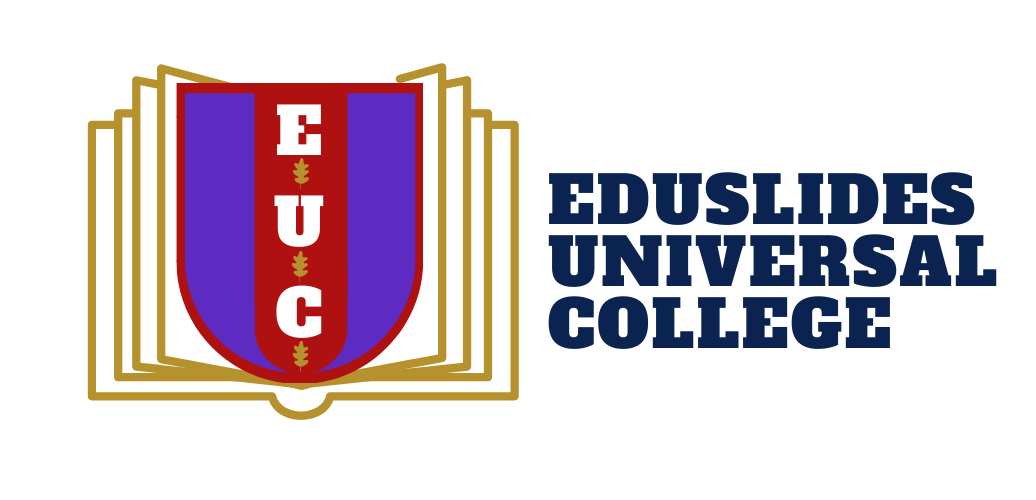Blog
Document Control in Quality Management System
- September 19, 2024
- Posted by: Writer
- Category: Business Management New

Document control refers to the systematic process of managing documents to ensure they are current and easily retrievable. This involves handling document access, storage, and updating to maintain their security, integrity, and traceability.
Document control is vital in various industries, particularly where compliance with regulations is essential.
A document management system (DMS) allows for the secure storage, indexing, searching, archiving, version control, and deletion of documents. It enables multiple users to access and edit documents in a shared environment and allows for the scanning and conversion of hard copy documents into digital formats.

Steps to Implement Document Control
Implementing document control involves mapping out every step of the document management process.
Key actions include:
- Document Identification: Identify documents that need to be part of the document control process, focusing on those that change frequently or are required for compliance with laws or regulations.
- Determining Ownership and Standards: Establish who owns the documents to ensure they are updated regularly and consistently. Define the frequency of reviews and updates.
- Naming and Organizing Documents: Implement a simple system for locating documents by storing them in structured directories and adhering to a naming convention.
- Managing Access: Assign permissions and decide who has access to specific documents.
- Archiving Records: Ensure outdated documents are archived or deleted to maintain the accuracy and currency of accessible records.
Characteristics of a Successful Document Control System
Organizations can create effective document control systems using enterprise-level solutions or basic tools like Dropbox or Google Drive.
Key features to consider include:
- Scalability: The system should handle large volumes of documents efficiently, with a responsive search feature and user-friendly folder hierarchy.
- Change Management: Enable users to make modifications that go through approval processes, ensuring critical updates are controlled.
- Access Management: Provide varying levels of access based on user roles, such as contractors, employees, and leadership.
- Remote Access: Allow access to documents via mobile devices, essential for roles like quality control managers who need to access documents in the field.
- Audit Trail: Track document history, including modifications, approval dates, and responsible parties.
- Collaboration: Facilitate departmental cooperation with clear communication and uniform document access.

Procedures for Document Control
Document control involves managing documents through their entire lifecycle, from creation to obsolescence.
Key procedures include:
- Creation of Documents: Establish authorship and composition standards, including naming conventions and document structure.
- Document Approval and Review: Define the review process, approval authority, and recording methods to ensure documents meet quality assurance standards.
- Document Updates: Outline the process for updating documents, including tracking revisions and ensuring proposed changes go through an approval process.
- Obsolescence of Documents: Implement a process for retiring documents, triggered by dates or when documents become outdated or are replaced.
Document Control in Quality Management Systems
Effective document control is crucial for operating a Quality Management System (QMS). Achieving ISO 9001 certification, the most popular quality management standard, requires proper document control.
This certification indicates that a company consistently produces products and services that meet customer and regulatory requirements.
Key Performance Indicators (KPIs) for Document Control
To ensure the quality of a document control system, document controllers should measure the following KPIs:
- User Satisfaction: Assess user satisfaction with the document control system through surveys.
- Accurate Information: Ensure documents are current to avoid critical errors in product development, regulatory compliance, and stakeholder communication.
- Average Query Response: Measure the time taken to locate documents, aiming for quick and efficient searches.
- Document Update Frequency: Track the regular review of documents, especially those related to laws or regulations.
- Document Status: Monitor the status of client documentation through its process, tracking time spent in each stage.
Professional Certificate in Customer Relationship Management
Preview this course
Featured
Special





